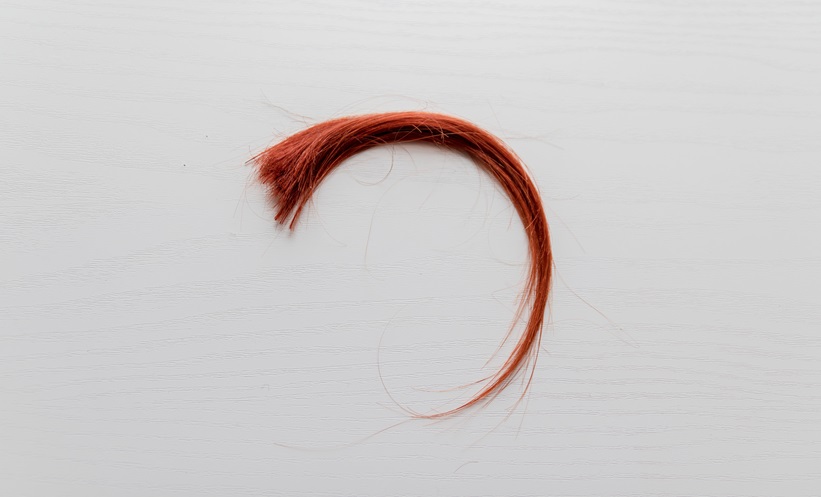A SINGLE strand of hair can provide distinctive elemental signals that separate people with amyotrophic lateral sclerosis from healthy controls, according to new research from the Icahn School of Medicine at Mount Sinai. The study suggests hair might become a noninvasive, accessible biomarker to aid earlier diagnosis and improve ALS patient care.
Amyotrophic lateral sclerosis, a progressive neurodegenerative disorder, often requires specialist evaluation and multiple invasive tests before diagnosis is confirmed. Patients typically wait over a year from first symptoms to diagnosis, limiting the opportunity for timely intervention. Earlier identification can benefit patients through quicker access to medication, support, and therapy, potentially extending survival and quality of life.
The research analysed single hair strands from 391 participants, including 295 ALS-positive cases and 96 controls, using advanced laser ablation-inductively coupled plasma-mass spectrometry. Each strand provided time-resolved data for 17 elements, sampled at intervals covering several days of biological history. The team applied sophisticated information theory models to measure how elemental patterns—such as copper, zinc, magnesium, and lead—shifted and synchronised over time. ALS-positive patients displayed significantly reduced synchrony in copper-based elemental networks compared to healthy individuals, with further disruptions observed in copper-zinc dynamics for males and chromium-nickel for females. Measures of copper’s centrality in these elemental cohorts were consistently lower in patients with ALS, supporting copper dysregulation as a core feature.
For clinical practice, these findings point to the potential of hair analysis as a simple, scalable test for ALS, in stark contrast to the current reliance on costly and invasive techniques. Patients could benefit from earlier diagnosis and intervention, while further research will need to validate and refine this approach. Future studies are expected to explore whether hair-based biomarkers can be applied to other neurodegenerative conditions, broadening their role in neurological screening.
Reference
Midya V et al. Dysregulation of hair-strand-based elemental biodynamics in amyotrophic lateral sclerosis. EBioMedicine. 2025;DOI:10.1016/j.ebiom.2025.105907.








